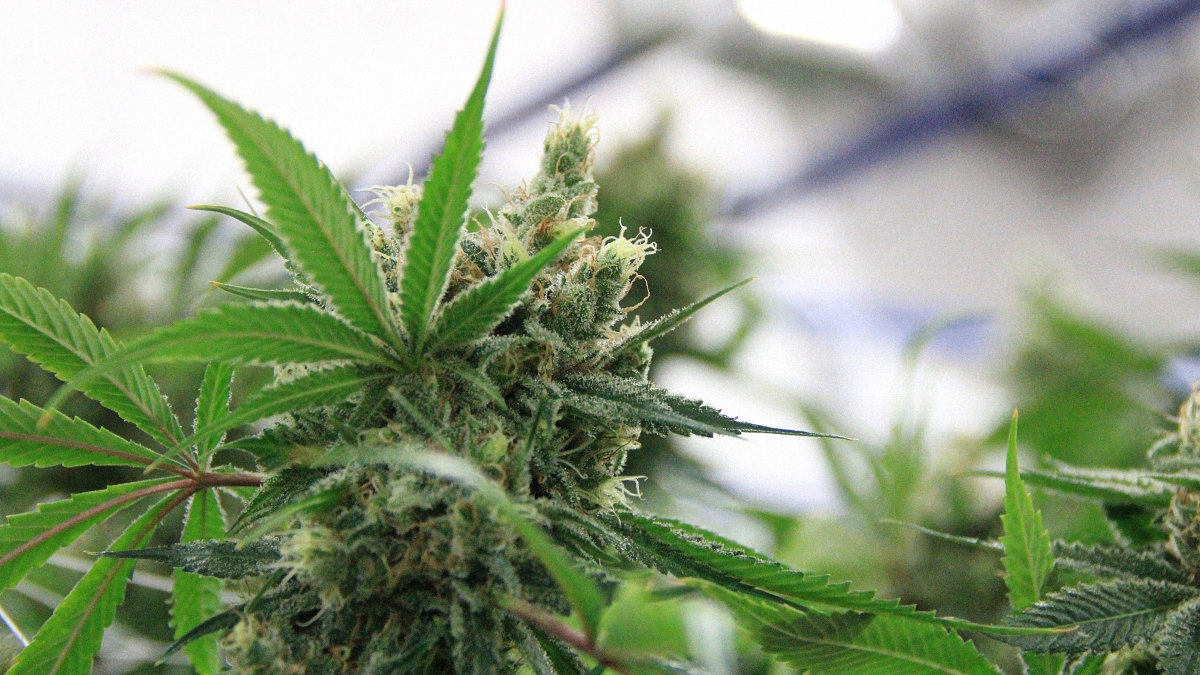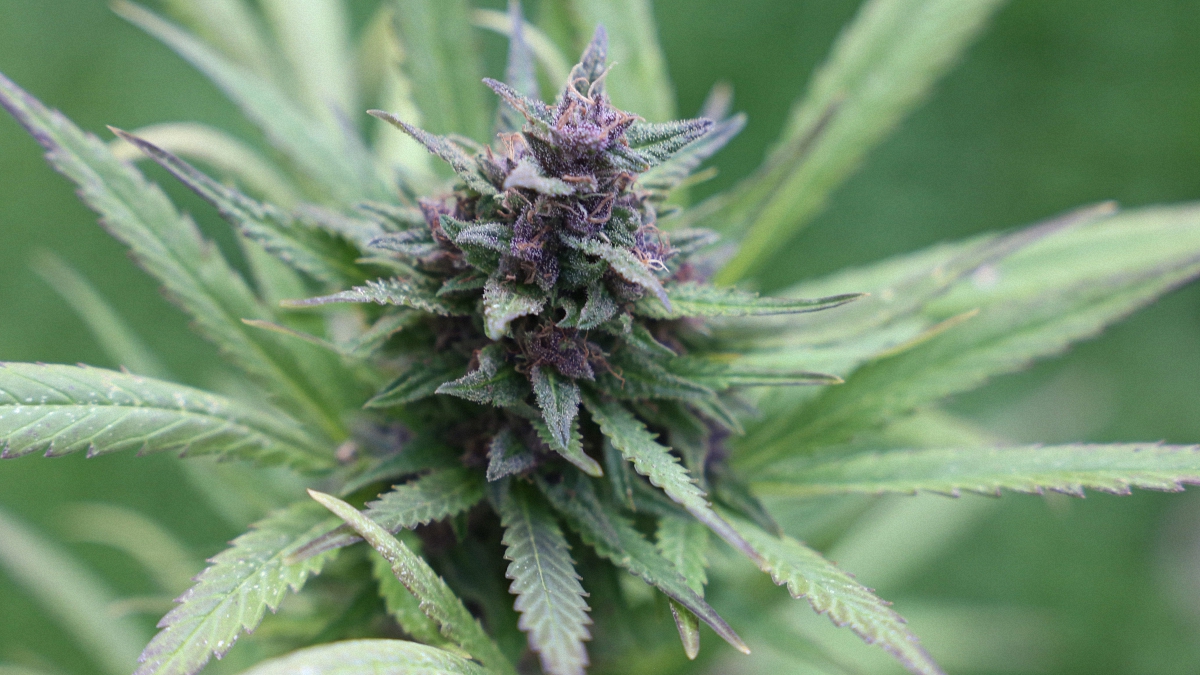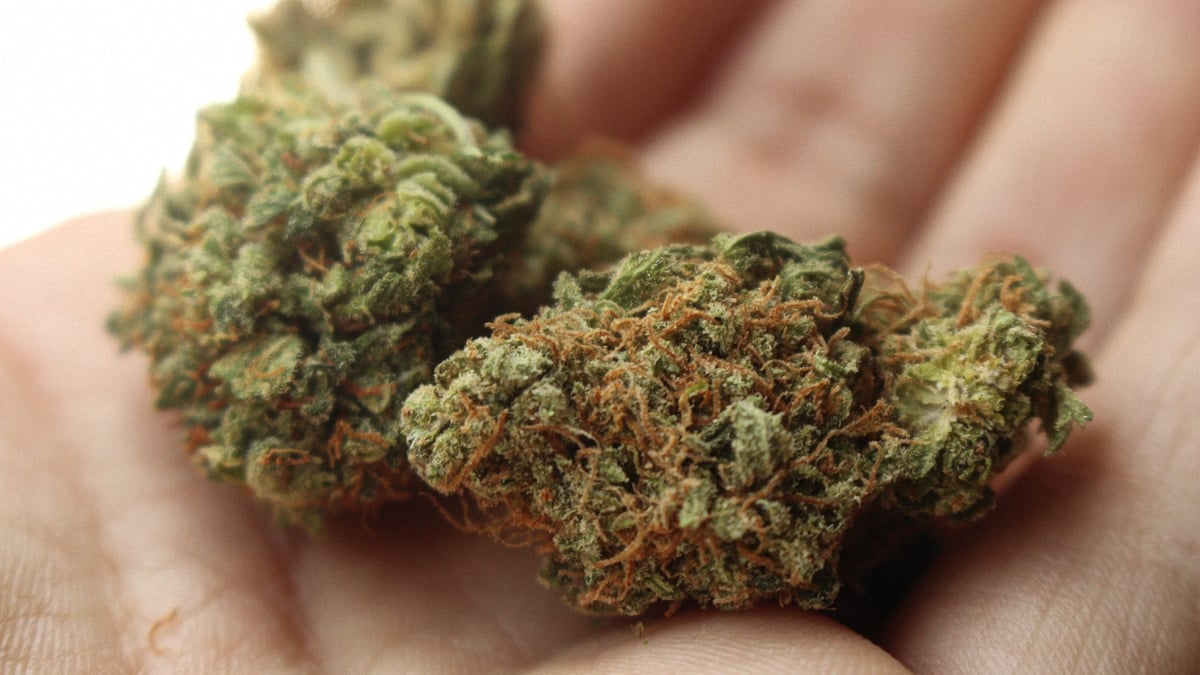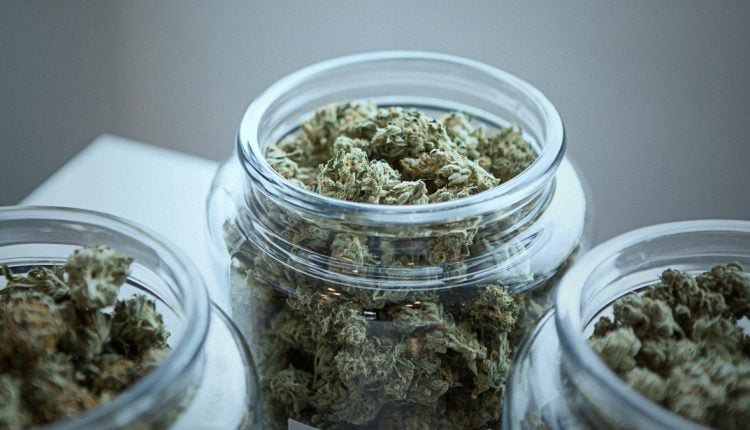Most plants have countless types, breeds, and variations. These variations have been cultivated over the years to enhance specific qualities. Cannabis is no different.
There are two types of cannabis plant strains: Sativa and Indica. However, as Canabo Medical Clinic notes, it is rare to find a pure Sativa or Indica strain. Instead, you have plants that are hybrids. These may be Sativa-dominant, Indica-dominant, or an even mixture of the two. Each cannabis plant has a unique genetic makeup and depending on the strain, unique qualities.
Sativa is famous for its “head high” energizing effects that reduce anxiety and improve creativity. Indica is known for its holistic, “body high” that increases relaxation and reduces symptoms such as insomnia. Hybrids can present a mixture of these qualities in a single strain.
With users seeking to optimize their recreational or medicinal experience, a debate has taken over the cannabis world: Indica vs. Sativa vs. hybrids—which is better? In this guide, we give insight into this debate. We explain what compounds create different effects and how to choose between these different types of cannabis to ensure you get the best experience.
Understanding the Effects and Compounds
Before diving into the different strains, it helps to understand the two compounds presented in all cannabis plants: cannabinoids and terpenes. These compounds determine the overall effects of any given strain.
Cannabinoids
Cannabinoids are naturally occurring compounds present in the cannabis plant. The two most well-known cannabinoids are THC and CBD. However, there are several other compounds, too. The different cannabinoids and their effects are below:
- CBD – This compound has risen drastically in popularity within the last few years for its life-changing medicinal effects. It is most commonly available in an extracted form, such as an infused oil or edible. Research has suggested that cannabidiol (CBD) has several physical and mental benefits such as alleviating symptoms of seizures, depression, anxiety, and preventing pain and nausea.
- THC – Although tetrahydrocannabinol (THC) has similar health benefits to CBD, such as helping to alleviate feelings of stress and depression, it is well-known for its various psychoactive effects. It increases endorphins in the brain and helps to bring feelings of euphoria. Subsequently, it comes as no surprise that this is the compound that causes the sense of “highness” that is most commonly associated with marijuana.
- CBG – Commonly known as the chemical precursor to CBD, cannabigerol (CBG) has a lot of the same benefits, such as reducing anxiety and depression. On top of that, as Healthline points out, it can help with the treatment of other mental health issues, too. Some conditions for which doctors prescribe CBG include obsessive-compulsive disorder and post-traumatic stress disorder.
- THCA – Tetrahydrocannabinol acid (THCA) is similar to THC. However, the primary difference is that THCA does not have any psychoactive elements. Instead, it has anti-inflammatory qualities. These properties make it useful in the treatment of arthritis and other auto-immune conditions.
- CBN – Cannabinol (CBN) alleviates symptoms in neurological conditions such as seizures, epilepsy, and uncontrollable muscle stiffness.
Terpenes
Terpenes are a lesser-known compound in the cannabis plant but can be just as impactful as cannabinoids. Healthline reports that terpenes not only influence the effects of different strains but also the smell of the plant. There is a vast range of terpenes, all with their benefits.
Some of the most common ones and their effects are listed below:
- Eucalyptol: It contains extracts of eucalyptus and tea tree oil and is also known for reducing inflammation and fighting bacteria.
- Limonene: As well as reducing stress and improving moods, this molecule has a citrusy essence.
- Humulene: Cannabis strains with this molecule are anti-inflammatory and have an earthy/woody scent.
- Bisabolol: This compound may have microbial and pain-reducing effects. Its fragrance suggests hints of chamomile and tea tree oil – making it useful for reducing inflammation and irritation.
- Linalool: With its floral essence, linalool is useful as a mood-booster and relaxation aid.
- Caryophyllene: This molecule can improve ulcers, reduce anxiety, and ease depression with its peppery aura.
- Pinene: Unsurprisingly, this terpene is known for an intense pine scent. It acts as a useful memory booster and also helps in the treatment of symptoms like nausea, pain, and coordination issues.
- Ocimene: This one’s good for flu season as well as warding off viruses and bacteria, it helps ease congestion, and it also has a vibrant scent of parsley, mango, and basil.
- Myrcene: Myrcene is one of the most common terpenes and helps to reduce insomnia and anxiety. It also has a distinctive earthy scent.
- Terpinolene: As well as it’s antifungal and antibacterial quality, this compound also can act as a sedative. Its aroma has hints of apple, cumin, and conifers.
Choosing Between Indica, Sativa, or Hybrids
Each strain of cannabis – whether it be Indica, Sativa, or some hybrid in between – is unique with different kinds of cannabinoids and terpenes present in each one.
The general characteristics of Indica and Sativa (a full-body relaxation effect as opposed to an energizing “head high”) can be a good indication of the kinds of cannabinoids and terpenes present in your strain of cannabis. However, Healthline recommends looking at the descriptions that the grower and dispensary provide rather than relying solely on the broad type of cannabis itself as an indication of the kinds of compounds it contains.
That isn’t to say that Indica, Sativa, or a hybrid of the two don’t have their identifying qualities and merits to consider when you’re choosing a strain of cannabis. The remainder of this article will discuss how Indica, Sativa, and hybrid cannabis plants compare, so you can make an informed decision about which one is right for you.
Indica

In terms of physical appearance, cannabis Indica plants are generally shorter with fuller leaves. They are broader, chunkier, and bushier. It grows faster than Sativa due to it’s shorter flowering cycles and are suitable for colder climates with a shorter growing season. Popular strains include Afghan Kush, Granddaddy Purple, and the Hindu Kush.
Good for:
- Those who want a cannabis plant with higher levels of CBD and lower levels of THC.
- People who want to relax – Canabo Medical Clinic notes that patients who use Indica regularly comment on their relaxing qualities.
- Nighttime use – Canabo medical clinic also notes that due to its deep relaxation, body-focused effects, it is much better suited for winding down, making it better for nighttime.
- Pain relief – Healthline notes that Indica acts as an effective painkiller, most likely due to its focus on the body and an increased amount of CBD as opposed to THC.
- Reducing nausea – A further benefit cited by Healthline is its ability to reduce nausea and sickness.
Bad for:
- People who want a more intense “head high” from their cannabis
- Growers living in warmer climates who wish to grow their own
- People wanting to avoid CBD
Sativa

In contrast to cannabis Indica, cannabis Sativa plants are generally tall with long, thin leaves. According to Healthline, they can grow longer than twelve feet, and the bud of the Sativa plant is less dense and more feathery. Its flowering cycle and growing conditions make it a further point of contrast to Indica since the plant has longer flower cycles and, subsequently, is better suited to warm climates with a long season. Popular strains include Panama Red, Durban Poison, and Acapulco Gold.
Good for:
- Those who want to feel uplifted and have feelings of euphoria
- People who want cannabis with higher levels of THC and lower levels of CBD
- Those who want cannabis with more cerebral (mind-focussed) effects
- Use during the daytime
- People who want to feel energized
- Reducing anxiety
- Boosting creativity and productivity
Bad for:
- Using at nighttime – it is too much of a stimulant.
- Those living in colder climates who wish to grow their own
- People hoping to get some CBD-related effects from their cannabis, e.g. pain relief
- Those seeking full-body effects – its focus is on the mind.
- People wishing to grow their cannabis quickly – it takes longer to mature than other strains of cannabis.
Hybrid

As the name implies, hybrid plants fall somewhere in between Sativa and Indica strains, providing a middle-ground and offering a balance of both Sativa and Indica effects. Most cannabis plants are a kind of cross-breed. These days, it is rare to find a cannabis plant that is completely Sativa or completely Indica.
However, you can have hybrid strains that are either Sativa-dominant or Indica-dominant. Indeed, you can also find strains that are pretty much an even 50/50 split between the two varieties.
Popular strains include Blue Dream, Trainwreck and Pineapple Express.
Consequently, the appearance of hybrid plants often depends on whether it is more “Sativa-dominant” or “Indica-dominant”. According to Healthline, a lot of hybrid plants are grown artificially in a warehouse with the specific goal of increasing the amount of THC.
Good for:
- The combined benefits of Indica and Sativa as well as high THC levels
- Targeting specific areas or symptoms, such as reducing anxiety or relieving the side-effects of chemotherapy
Bad for:
- People who want cheaper and less time-consuming cannabis plants
- Those who prefer pure strains of either Sativa or Indica and don’t want a mixture of both
Final Thoughts
Ultimately, deciding between Indica vs. Sativa vs. Hybrid is up to your interests. Think about which qualities you desire and which strains or types can deliver. You don’t even have to choose one over the other at all. Many people have a selection of all three to use for different times of the day and various activities.
